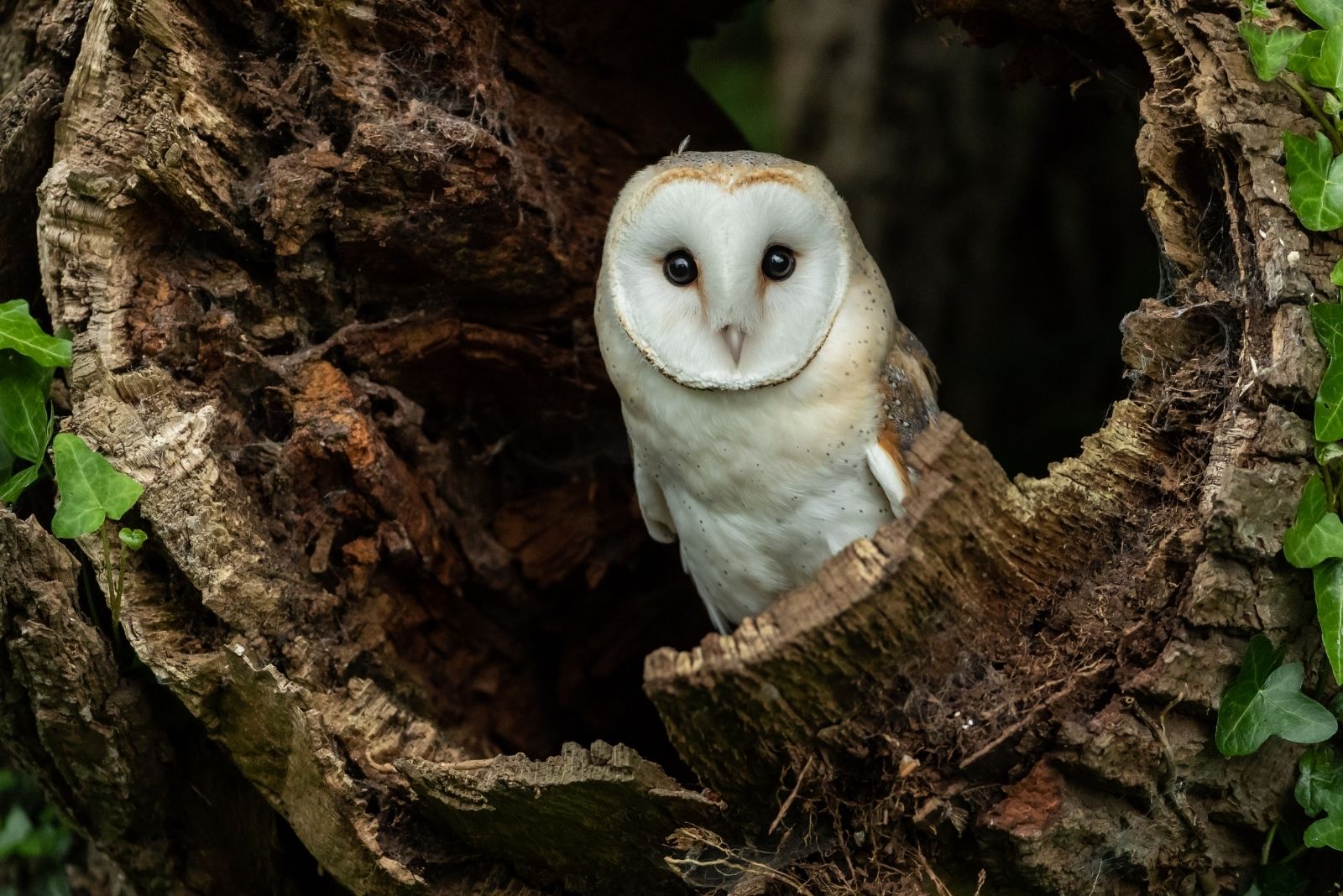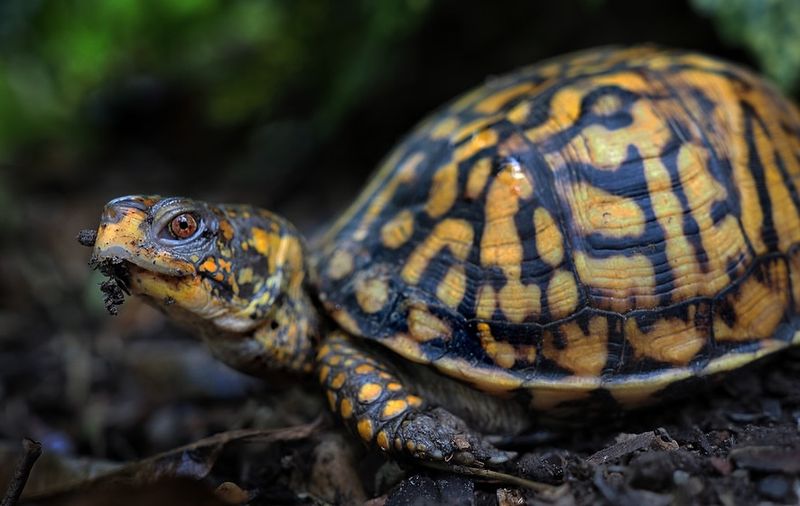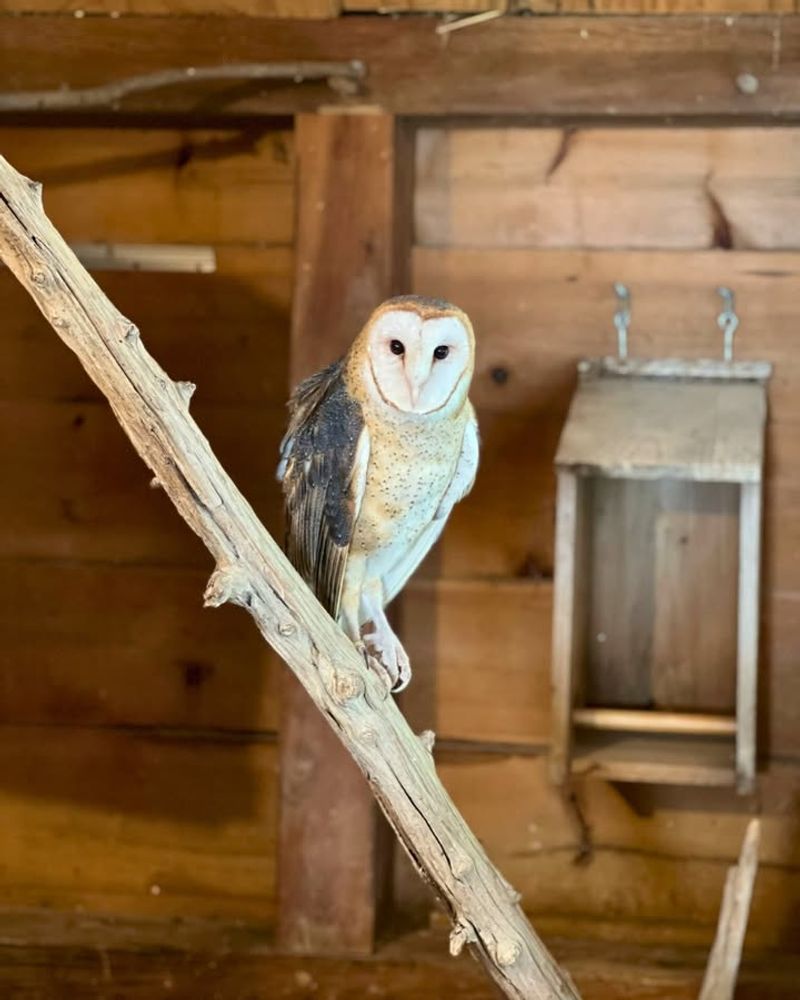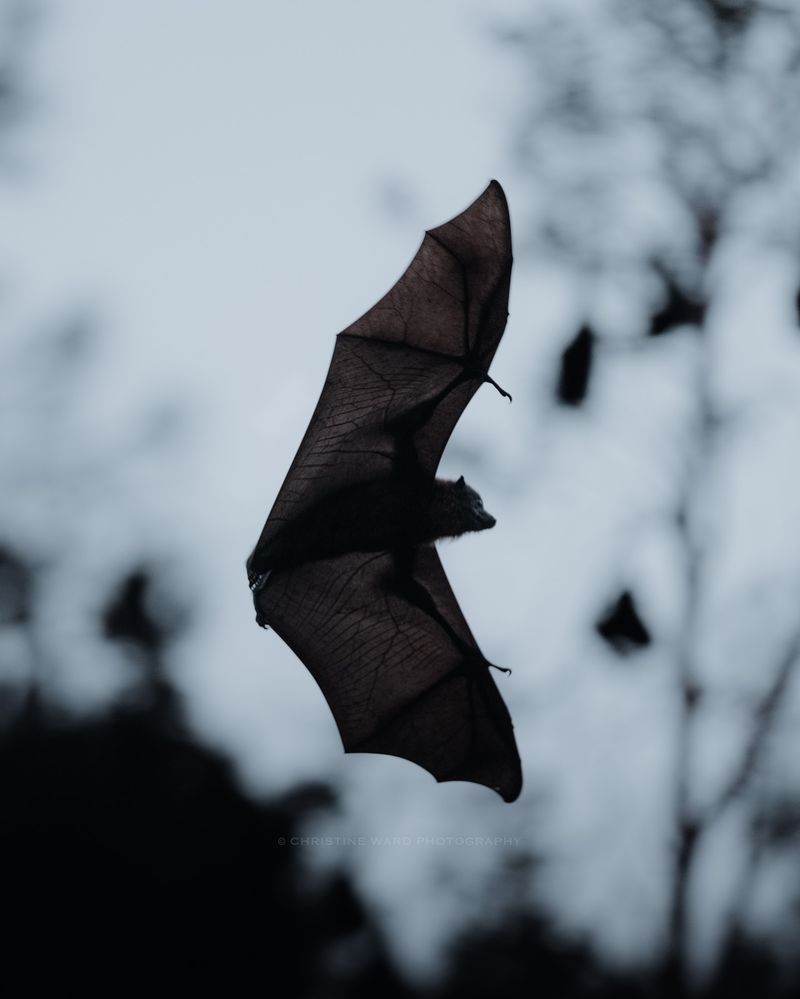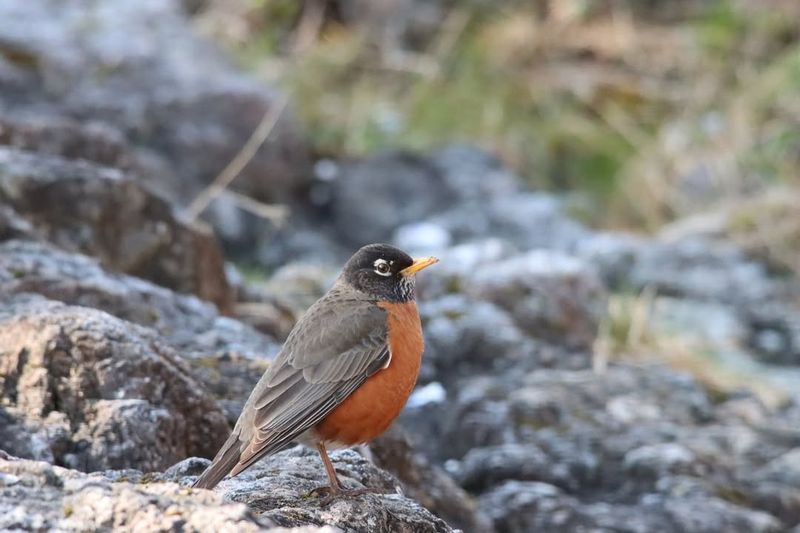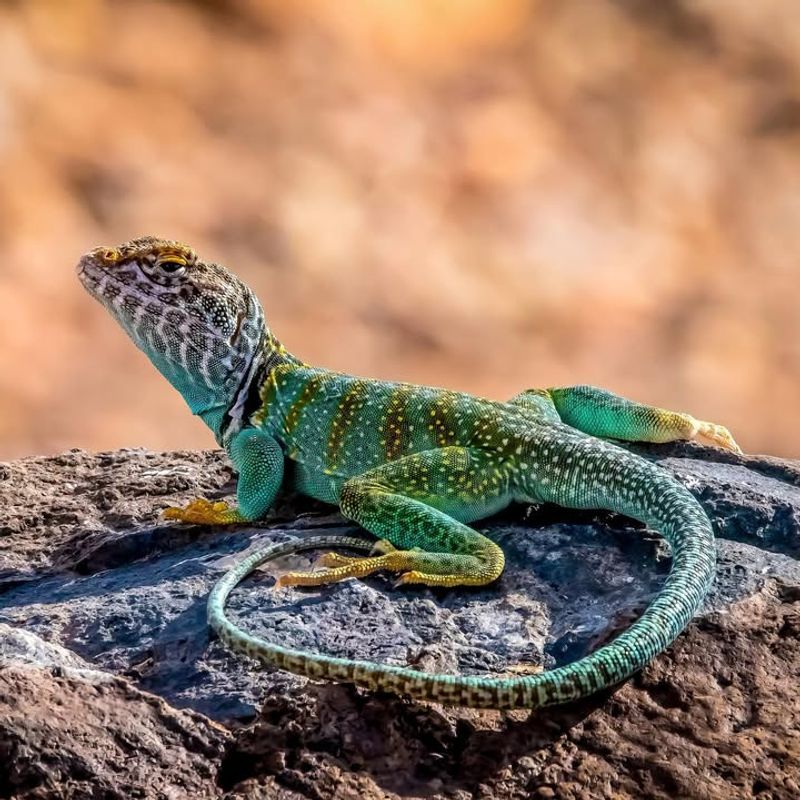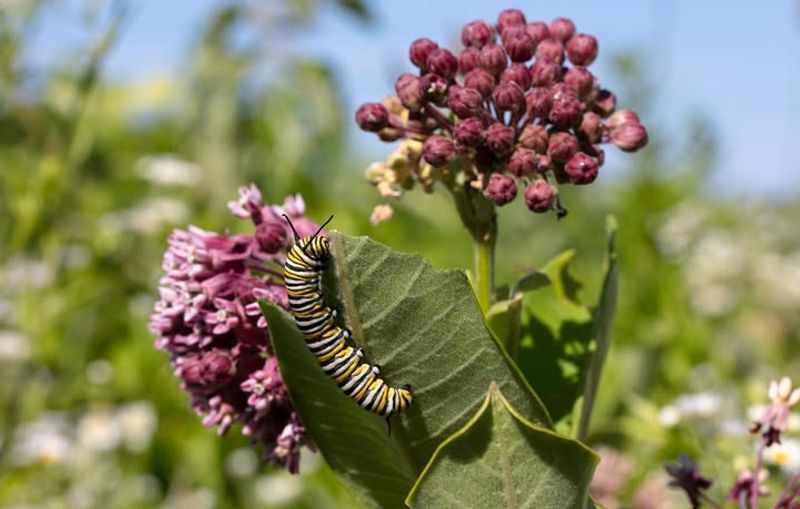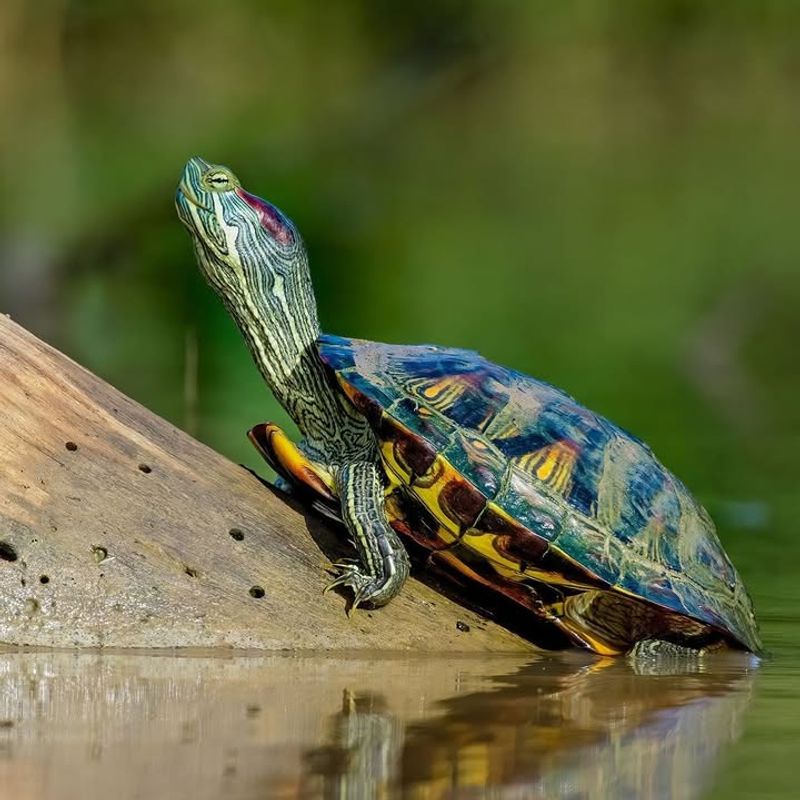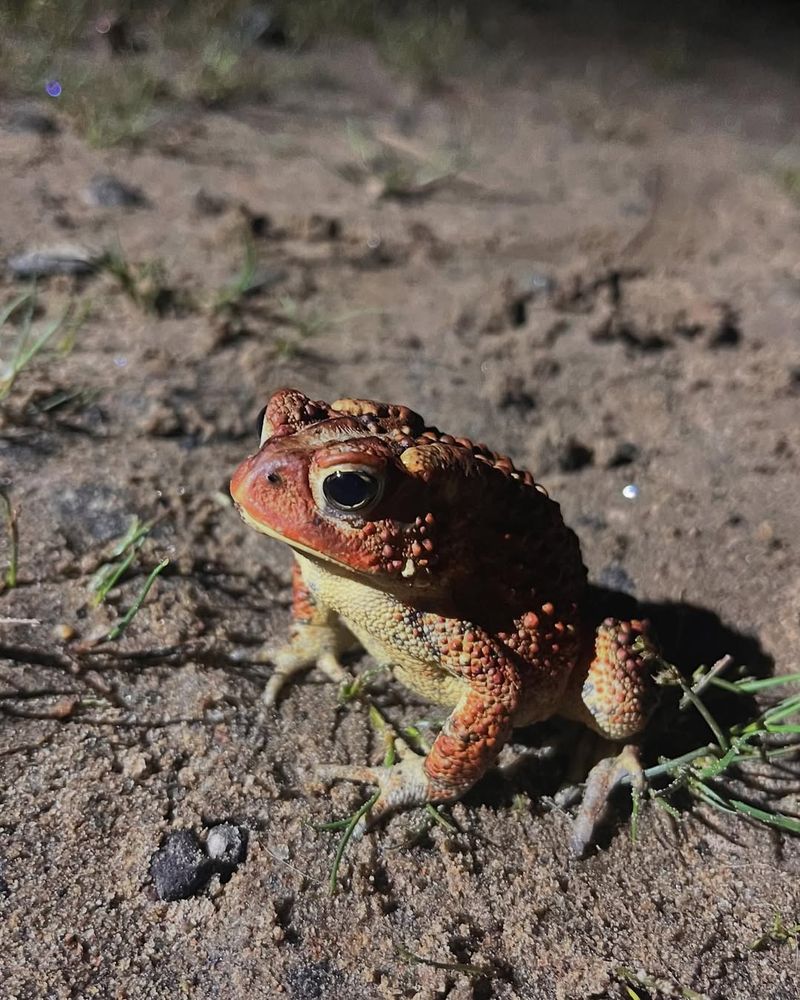Oklahoma’s wildlife laws protect certain animals that might wander into your yard or even make their way inside your home. While it might seem natural to remove them yourself, doing so could land you in serious legal trouble.
Understanding which creatures are off-limits helps you stay on the right side of the law while respecting the natural ecosystem around you.
1. Box Turtles
Finding a box turtle slowly making its way across your lawn is a common sight in Oklahoma backyards. These reptiles with their distinctive dome-shaped shells are actually protected by state law, making it illegal to capture, harm, or relocate them.
Box turtles play an important role in controlling insects and spreading seeds throughout Oklahoma gardens. They’ve lived in the same small territories for their entire lives, sometimes spanning decades.
If you spot one, simply let it continue on its journey—moving it even a short distance can disorient the turtle and threaten its survival in unfamiliar territory.
2. Barn Owls
With their ghostly white faces and silent flight, barn owls often nest in sheds, barns, or even attic spaces across Oklahoma properties. Federal and state protections make it illegal to disturb these nocturnal hunters or their nesting sites.
Barn owls provide excellent natural pest control by consuming dozens of rodents each week. Their presence in Oklahoma farms and gardens helps reduce populations of mice, rats, and other unwanted visitors without using harmful chemicals.
If barn owls have moved into your structure, contact wildlife officials who can advise on legal ways to encourage them to relocate after nesting season ends.
3. Bats
Discovering bats roosting in your attic or under your porch might startle you, but Oklahoma law prohibits removing them during certain times of the year. Many bat species face declining populations and receive special legal protections as a result.
These flying mammals devour thousands of mosquitoes and other insects nightly, making them valuable allies for Oklahoma homeowners. A single bat can eat its body weight in bugs during one evening of hunting.
Exclusion must wait until after maternity season when young bats can fly independently, typically late summer or fall, and should be handled by licensed professionals familiar with legal requirements.
4. Migratory Songbirds
Cardinals, robins, and countless other songbirds that nest in your Oklahoma shrubs and trees fall under federal protection through the Migratory Bird Treaty Act. Removing their nests, eggs, or young birds carries steep penalties including heavy fines.
These cheerful visitors help control garden pests while spreading pollen and seeds throughout your yard. Even common species like sparrows and finches receive full legal protection during nesting season across Oklahoma.
Once a nest appears, you must leave it undisturbed until the babies fledge and the family moves on naturally, usually within a few weeks of hatching.
5. Eastern Collared Lizards
These striking lizards with bright colors and distinctive black collar markings occasionally sunbathe on Oklahoma patios and rock gardens. State regulations protect collared lizards from collection, making it unlawful to catch or remove them from your property.
Eastern collared lizards help manage insect populations while adding a splash of natural beauty to Oklahoma landscapes. Males display brilliant blue and green coloring during breeding season, creating quite a spectacular garden visitor.
Appreciate these fast-moving reptiles from a distance and consider yourself lucky to host such a unique native species that many nature enthusiasts travel to observe in the wild.
6. Monarch Butterfly Caterpillars
Those striped caterpillars munching on your milkweed plants are future monarch butterflies, and they’re protected under various conservation initiatives throughout Oklahoma. Removing or harming them violates regulations designed to protect this declining pollinator species.
Monarchs depend entirely on milkweed during their caterpillar stage, making Oklahoma gardens with these plants crucial to their survival. The entire monarch migration pattern relies on safe feeding and breeding grounds across the state.
Instead of removing them, celebrate hosting these important insects and consider planting more native milkweed to support their remarkable multi-generational journey across North America.
7. Red-Eared Slider Turtles
Garden ponds in Oklahoma often attract these aquatic turtles with their characteristic red stripes behind each eye. While they seem harmless, removing red-eared sliders from your property without proper permits violates state wildlife regulations.
These turtles help maintain healthy pond ecosystems by consuming dead fish, insects, and excess vegetation throughout Oklahoma water features. They’ve adapted well to suburban environments and often return to the same locations year after year.
If their presence becomes problematic, contact Oklahoma Department of Wildlife Conservation for guidance on legal management options rather than attempting removal yourself, which could result in significant fines.
8. American Toads
Those warty amphibians hopping through your Oklahoma flower beds at dusk are American toads, and they’re protected by state regulations. Their population declines have prompted legal protections that make capturing or relocating them a punishable offense.
American toads consume enormous quantities of garden pests including slugs, beetles, and various insects that damage plants throughout Oklahoma growing seasons. A single toad can eat thousands of bugs during warm months.
Welcome these helpful garden allies by providing shallow water sources and avoiding pesticides that harm amphibians, creating a naturally balanced ecosystem that benefits both your plants and local wildlife populations.

